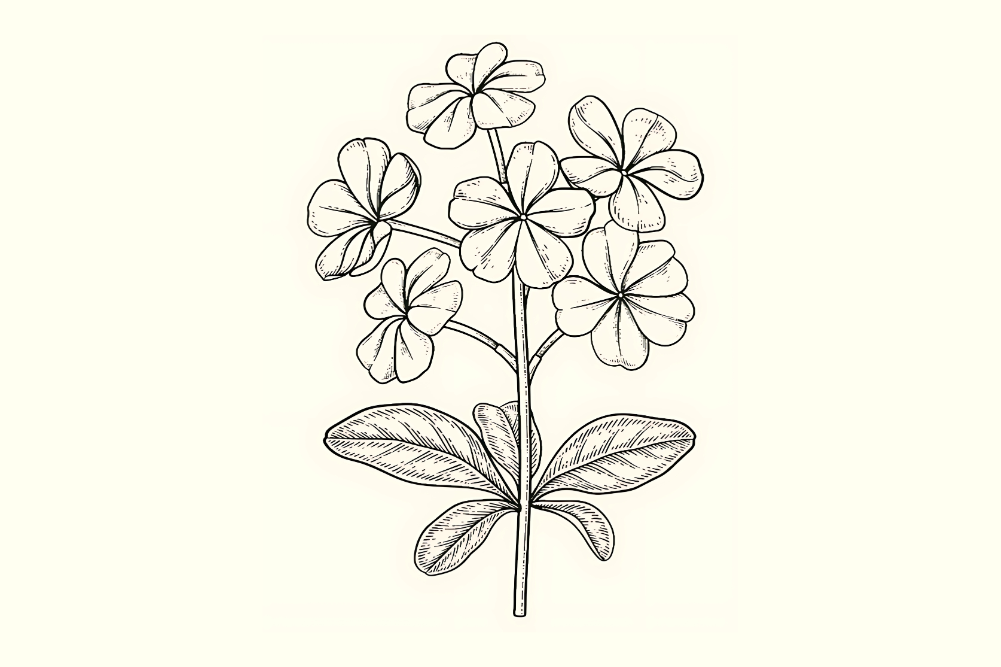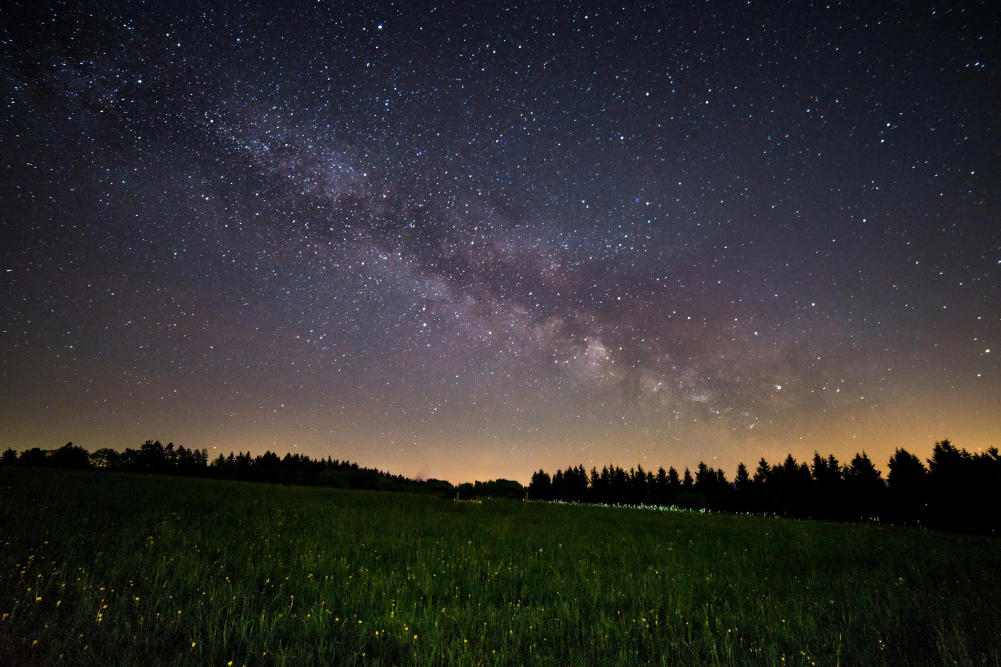The wonderful world of weeds
Like most people with some sort of outdoor space, I have spent many a minute battling weeds. But are they really the garden-invading menace we make them out to be, or are they just the wrong plant in the wrong place at the wrong time? Kate Wall, gardening author and consultant, believes even the plants we don’t necessarily want in our gardens are there for a reason.
Wall’s book Working With Weeds won her the Australian Institute of Horticulture (AIH) Merit Award in 2021, quickly followed by the Horticultural Media Association Australia (HMAA) Anita Boucher Award 2022 for Outstanding Achievement in Horticulture. A true gardening guru, Wall is well known for her inventive approach to weeds, believing they “are always there for a reason”.
What weeds can teach us
Weeds are tough plants with the ability to thrive in harsh conditions. Rather than being seen as a menace, they can be a great gauge of the health and wellbeing of our gardens. “Very often, invading weeds are an indication that the soil and other conditions in our gardens are simply not right for the plants we are trying to grow,” explains Wall. “If we look a bit deeper into the reasons we have weeds, we can usually find out how to make our garden more suited to the plants we want to grow.”
Wall shares an example of a person who brought sedge weeds, a common lawn nuisance, to a talk she was giving and asked her how to get rid of them. “Given that the weather has been so very dry lately, these weeds were indicating she has drainage problems, and the ground is too wet for the plants she wants to grow,” says Wall.
Weeds can be a great teacher for both novice and adept gardeners — we simply need to look for what they’re trying to tell us. If we look to weeds as a source of information, instead of automatically pulling them out with gusto, we can learn about the conditions in our garden and the changes we can make to improve it. “Weeds can teach us to be better gardeners if we take the time to learn how to read them and respect what we can learn from them,” says Wall.
Many gardeners have spoken to her about nutgrass going mad in their gardens in the last 12 months. So, what is the nutgrass trying to tell these frustrated plant enthusiasts? Wall explains that the recent heavy rain has caused soil compaction and leached calcium out of the soil. “Nutgrass thrives in soils that are compacted and low in calcium,” she shares. “And this is an indicator that work needs to be done to improve your soil.”
The stigma
If weeds are so great at telling us how to be better gardeners, why are they branded as garden blemishes, not happy helpers? Wall explains that much of the stigma around weeds relates to a lack of knowledge and understanding of the role they play in the ecology of our gardens.
They often present as the reason our plants aren’t doing well. “It appears that they are bully plants and no one likes a bully,” says Wall. However, the truth, Wall tells me, is a little different. “They are not usually bullies,” she says, “they are simply better suited to the conditions in our gardens than are our preferred garden plants. Weeds can be hard to get rid of, which further adds to the stigma. And much of the reason that they’re so hard to get rid of lies in those same conditions.”
Wall adds that plants suited to the garden’s conditions will always outperform plants not suited to those conditions. “The real reason our plants are not doing well is usually not the weeds, it is because the conditions are not right for them,” she advises.
The benefits
They can offer us many benefits, not just as indicators of land quality, but as compost to improve our garden’s soil. According to Wall, many are able to grow in very poor soil conditions, therefore as they grow, die and compost, then grow again, they are gradually improving the soil’s health. “Weeds are always a source of compost, although there are different ways to compost different weeds to ensure they do not regrow,” she says.
Weeds can also be beneficial in preventing soil erosion, as well as providing habitat for wildlife and attracting insects and pollinators. Perhaps most surprisingly, weeds can also be a source of food, nutrition and medicine.
Wall cites the dandelion and the more common false dandelion, which are stigmatised as the sign of a badly cared-for lawn. However, not only are dandelion flowers a rich source of nectar and protein for bees, butterflies and other pollinators, but the entire plant is edible and rich in vitamins and minerals. “The plant is also medicinal — it’s a good general tonic and supports kidney and liver function,” says Wall.
Advantageous weeds
If weeds are beneficial to us, then how do we manage them? And how do we take advantage of them, but not let them take over our garden? “Managing weeds needs to be tailored to the type of weed,” explains Wall. “To truly get on top of any weed issues, match your weed control method to the type of weed you are trying to control.”
In controlling weeds, you can better manage your garden and your soil, ensuring that weeds are a source of compost, nutrition and pollination rather than frustration. Wall tells me that it’s sad we’ve lost sight of the value in weeds — “we are placing a greater value on a manicured monoculture lawn than we are on biodiversity and our health.”
Rather than digging out weeds, it’s important to find out what they are and why they’re in our garden. A healthy garden can be full of all plants, including weeds, and still thrive and grow happily throughout the year.







